Midori Hayashi’s Terrifying Dolls
Violence and morbidness are central to the artist's creations, which depict cruel episodes and are made from animal remains.
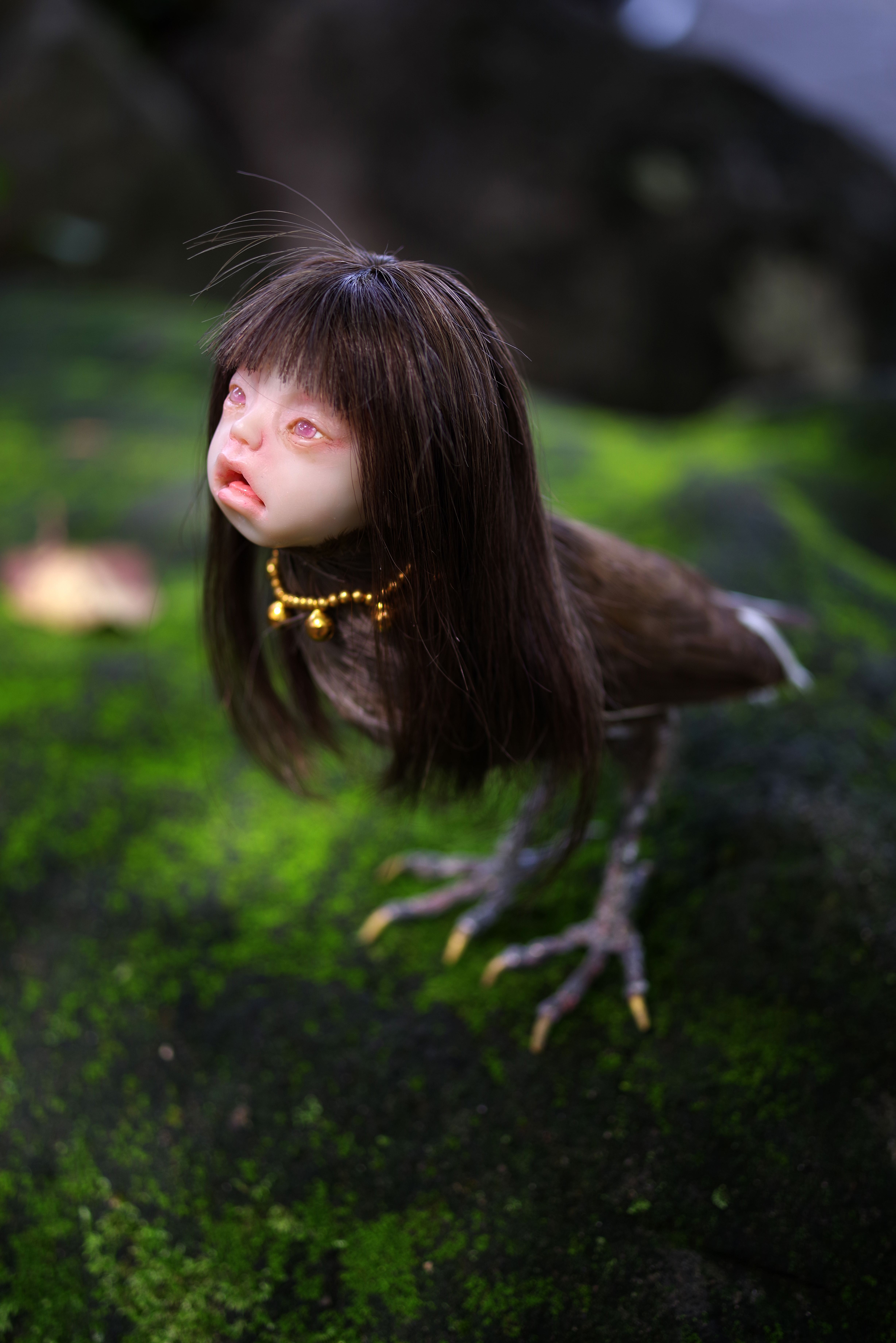
Photo © Nagare Tanaka
Polymer paste and animal remains form the starting point for the long and somewhat surprising work process undertaken by Japanese artist Midori Hayashi. She describes herself as a ‘doll artist’, and explains that she is ‘guided by children to create a world [that she has] never seen.’
Midori Hayashi began her learning process alongside Ryo Yoshida in the 2000s, as part of ‘Doll Space Pygmalion.’ In 2017, her dolls were exhibited at the Vanilla Gallery in Tokyo. This occasion marked the release of Nightcomers – Children at Night, a book in which the artist’s creatures are photographed by Nagare Tanaka and accompanied by a text written by short-story writer Mari Ishigami.
Bringing souls together
A cat’s face and the body of a fish or a bird… the dolls Midori Hayashi creates are hypnotic, fragile, and terrifying, captivating and endearing. Her dolls bring souls together, ‘those that live in nature and those of the dead’, according to the words placed on these creatures during the exhibition held at the Vanilla Gallery.
Whether literature or manga, Midori Hayashi’s inspirations are many and varied, and she cites Allen Ginsberg’s Sleeping Beauty: Memorial Photography in America, a particularly violent work. Violence and morbidness are central to Midori Hayashi’s creations, her life and work having been strongly marked by a premature delivery that confined her to hospital for weeks.
As the artist explains in the text accompanying the work, the doll selected to feature on the cover was made after she discovered a practice undertaken by the Yanomami tribe in the Amazon rainforest. ‘To reduce the number of births, they put babies in termite mounds to let them get eaten by termites. It’s a ritual whereby the babies return to the spirit world, and one that I found both cruel and beautiful. This story inspired me to create this pretty princess doll. To recreate the scene, I used a horse’s skull to represent the termite mound.’ The result is violent.
Art, craft, or pastime? As she explains to the magazine Beautiful Bizarre, ‘it’s difficult for me to be aware that I’m an artist because—in the beginning—I learned doll-making as a hobby. Also, since I never went to art school, I find it hard to draw/render human bodies.’ A singular artist for a singular art.
Nightcomers – Children at Night (2017), a book compiling Midori Hayashi’s work, is published by Atelier Third.
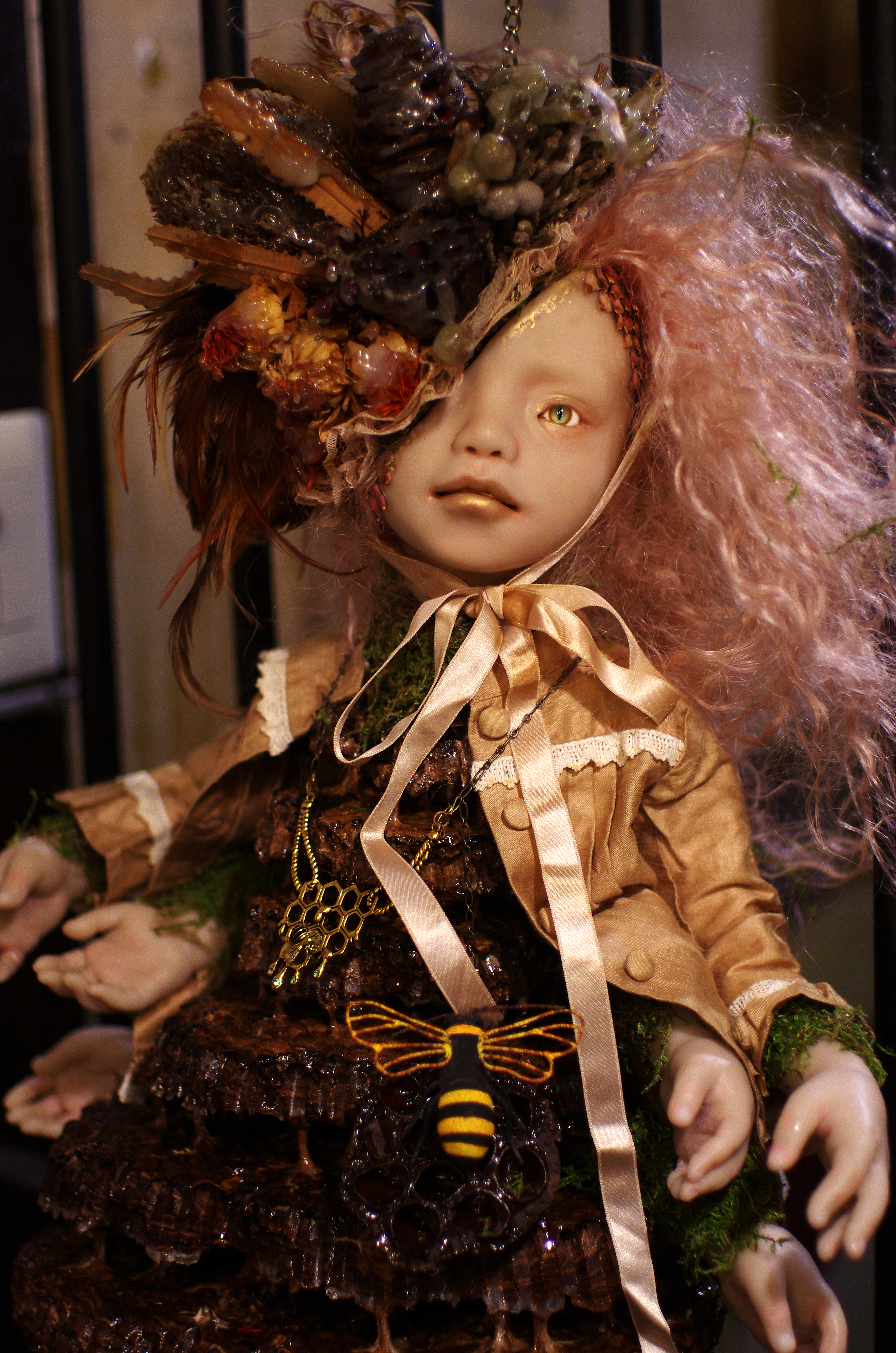
Photo © Nagare Tanaka
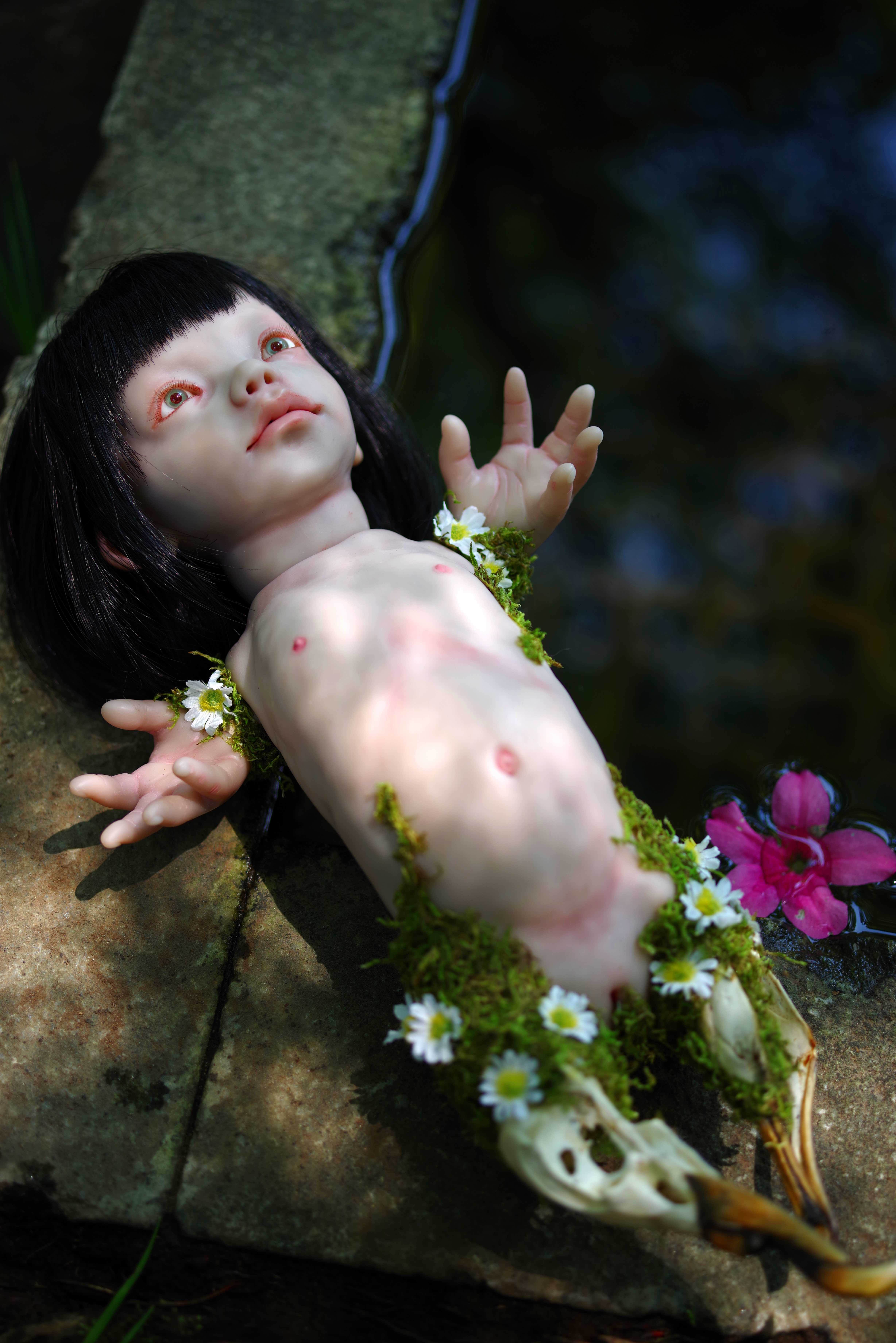
Photo © Nagare Tanaka
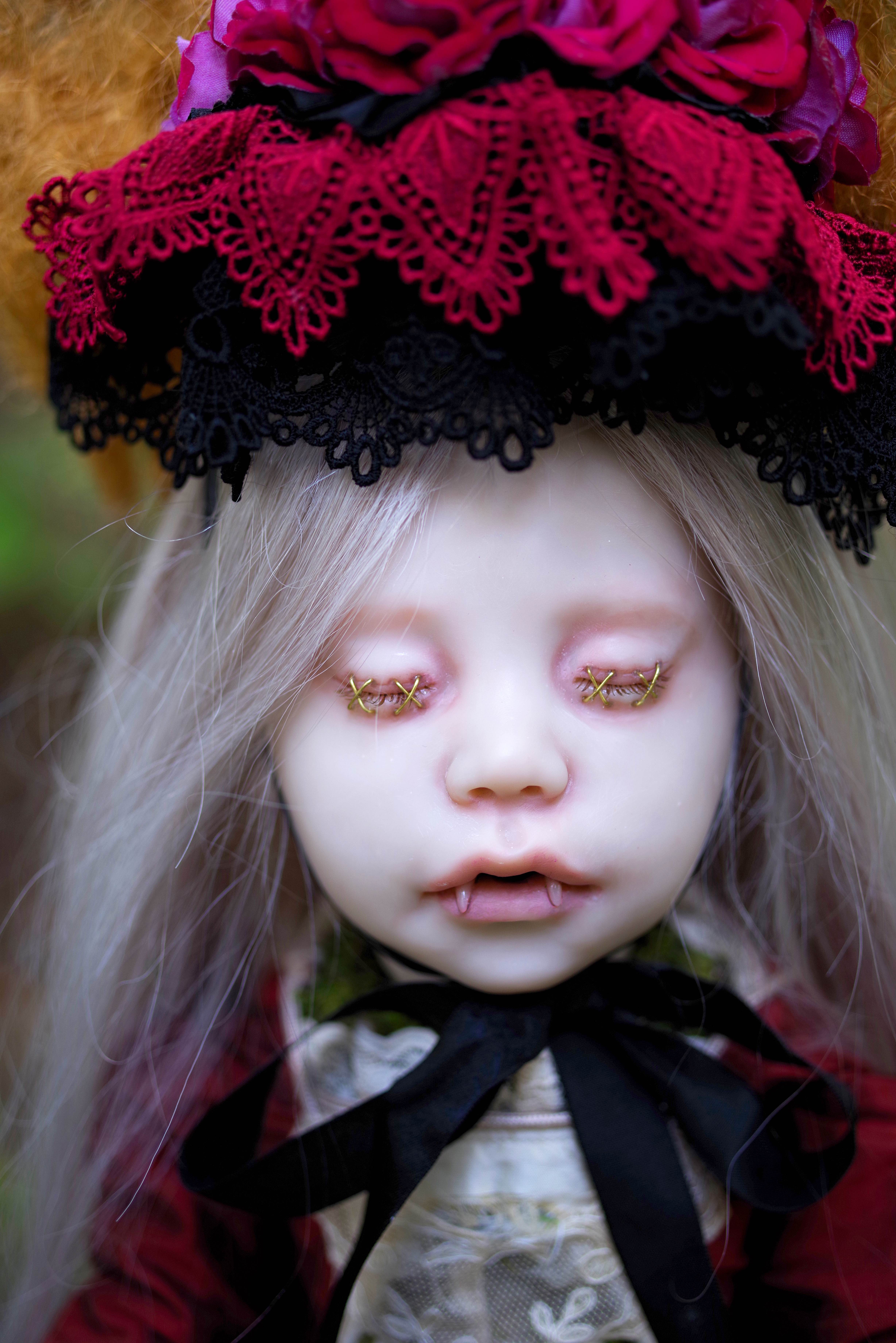
Photo © Nagare Tanaka
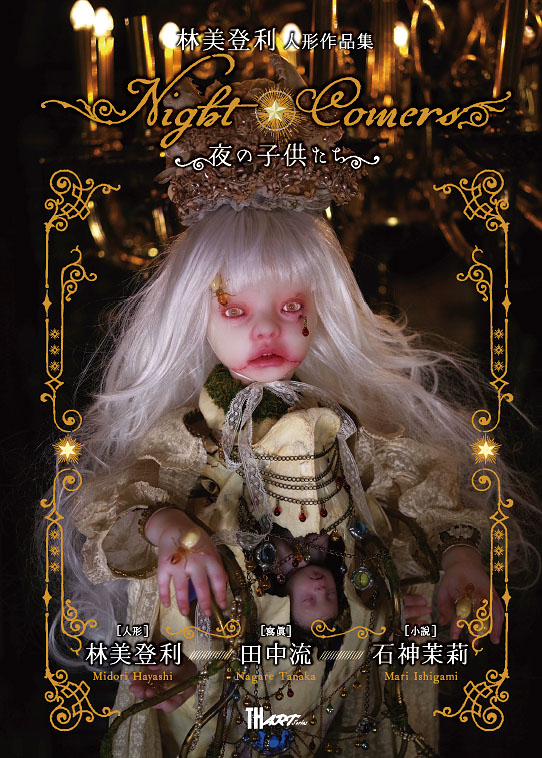
Photo © Nagare Tanaka
TRENDING
-
The Tattoos that Marked the Criminals of the Edo Period
Traditional tattoos were strong signifiers; murderers had head tattoos, while theft might result in an arm tattoo.

-
The Story of Sada Yacco, the Geisha who Bewitched Europe
Described by Dazed magazine as the first beauty influencer, she has been restored to her former glory since 2019.

-
Chiharu Shiota, Red Threads of the Soul
Last year, more than 660,000 people visited the retrospective 'Chiharu Shiota: The Soul Trembles' exhibit at the Mori Art Museum.

-
Japanese Left-field Pop From The CD Age, 1989-1996
‘Heisei No Oto’, a compilation of hidden gems in the unspoken depths of Japanese pop, reveal blissful moment of technological possibility.

-
‘Shojo Tsubaki’, A Freakshow
Underground manga artist Suehiro Maruo’s infamous masterpiece canonised a historical fascination towards the erotic-grotesque genre.





